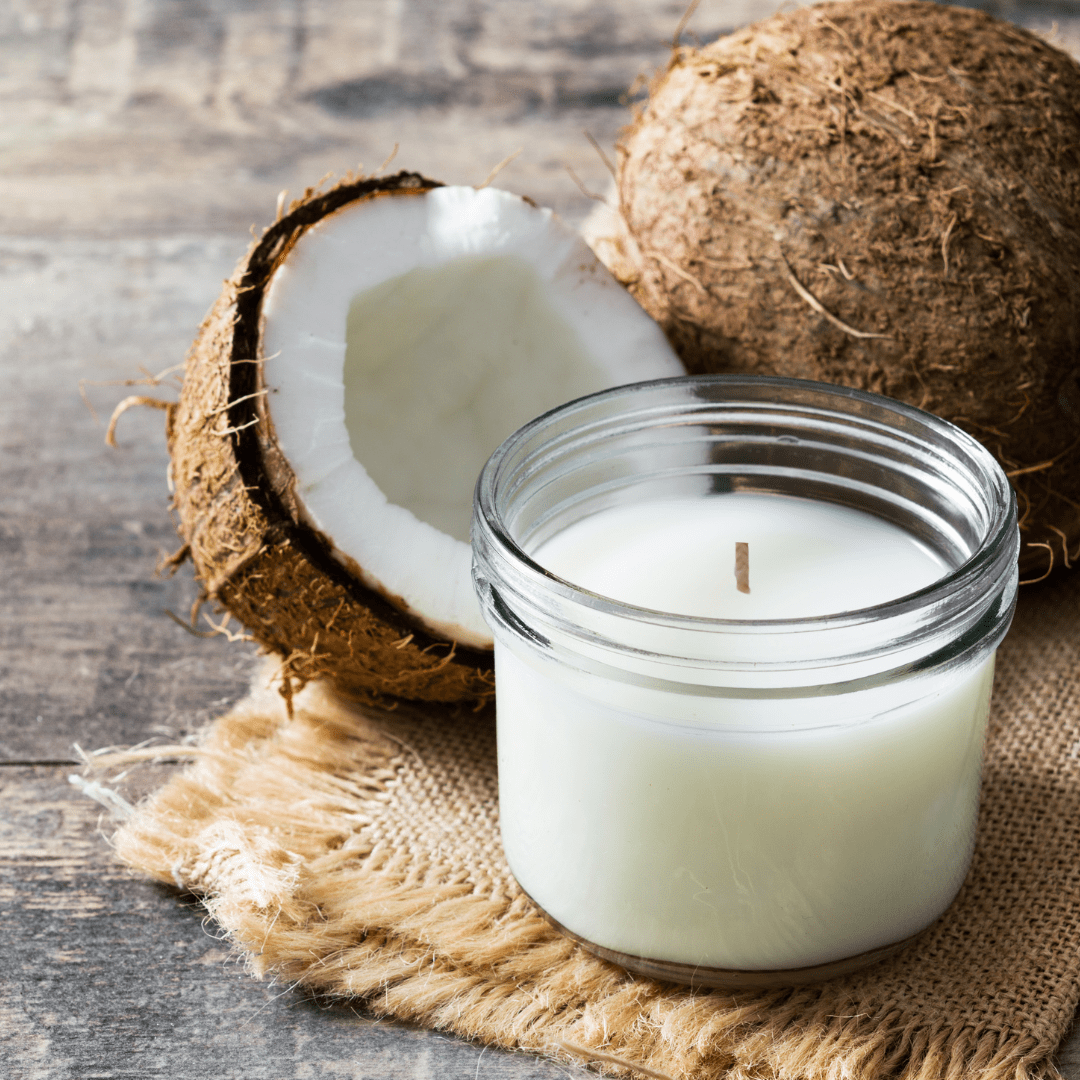Experience the Peacefulness of Crystal Soy Candles and Home Fragrance
Experience the Peacefulness of Crystal Soy Candles and Home Fragrance
Blog Article
From Wick to Wax: Understanding the Chemistry Behind Soy Wax Candles and Their Environmental Effect
As we brighten our spaces with the cozy glow of candle lights, there lies a world of complex chemistry behind the seemingly basic act of lighting a soy wax candle. The selection between soy and paraffin wax prolongs past mere aesthetics, delving right into the realm of ecological effect and the really structure of the materials. Understanding the molecular structure of soy wax and its burning process drops light on the emissions launched into our surroundings. Join us as we unwind the clinical ins and outs behind soy wax candles and explore their ramifications on our atmosphere.
Soy Wax Vs. Paraffin Wax
When contrasting soy wax and paraffin wax for candle light production, it is vital to understand the distinct features and benefits of each product. Soy wax is a natural, renewable source stemmed from soybean oil, making it naturally degradable and eco-friendly - candles. On the other hand, paraffin wax is a by-product of oil refining, which increases concerns about its ecological effect and sustainability
Soy wax candles burn cleaner and release less soot compared to paraffin wax candles, making them a healthier selection for interior air quality. Additionally, soy wax has a reduced melting factor, allowing for a longer-lasting candle light that disperses fragrance much more successfully. Paraffin wax, on the various other hand, tends to melt faster and much less easily, possibly launching hazardous chemicals into the air.
From a sustainability point of view, soy wax is preferred for its biodegradability and eco-friendly sourcing, lining up with the growing consumer preference for ecologically mindful items. While paraffin wax has been a standard selection in candle light making as a result of its affordability and convenience of use, the change towards eco-friendly options like soy wax is acquiring energy in the industry.
Chemical Composition of Soy Wax

Burning Process in Soy Candles
The chemical composition of soy wax straight affects the burning procedure in soy candle lights, impacting aspects such as burn time, scent launch, and environmental impact. When a soy candle is lit, the heat from the flame melts the wax near the wick.
The combustion efficiency of soy candles is affected by the purity of the soy wax and the high quality of the wick. In addition, soy wax candle here lights have a lower environmental impact contrasted to paraffin candles due to their biodegradable and renewable nature.

Ecological Benefits of Soy Wax

Considered a sustainable choice to traditional paraffin wax, soy wax offers notable environmental benefits that make it a prominent selection amongst eco-conscious customers. Soy wax burns cleaner and generates much less soot than paraffin wax, contributing to much better interior air top quality and minimizing the requirement for cleansing and upkeep. On the whole, the ecological benefits of soy wax align with the expanding demand for green and sustainable products in the market.
Recycling and Disposal Factors To Consider
Recycling and proper disposal of soy wax candle lights play a crucial role in maintaining environmental sustainability and minimizing waste in homes and communities. When it comes to recycling soy wax candle lights, the primary step is to ensure that the candle has actually burned completely. This can be attained by enabling the candle light to burn until the wick is no more functional, and afterwards allowing the remaining wax cool and solidify. As soon as the wax has solidified, it can be thoroughly gotten rid of from the container.

In regards to disposal, if recycling is not an alternative, soy wax candles are biodegradable and can be safely dealt with in many house waste systems. Nevertheless, it is always advised to contact local recycling centers or waste monitoring solutions for details standards on candle disposal to make sure appropriate handling and ecological defense.
Conclusion
In final thought, the chemistry behind soy wax candles exposes their environmental advantages over paraffin wax candles. Soy wax, derived from soybean oil, burns cleaner and generates much less residue Clicking Here when contrasted to paraffin wax.
When contrasting soy wax and paraffin wax for candle making, it is crucial to recognize the distinct qualities and advantages of each product (crystal soy candles).Soy wax candle lights burn cleaner and discharge less residue compared to paraffin wax candles, making them a healthier choice for indoor air top quality.Considered a sustainable choice to typical paraffin wax, soy wax offers notable ecological advantages that make it a prominent selection amongst eco-conscious customers. Soy wax burns cleaner and creates much less residue than paraffin wax, contributing to better indoor air high quality and decreasing the need for cleaning and upkeep.In final thought, the chemistry behind soy wax candle lights reveals their environmental benefits over paraffin wax candles
Report this page